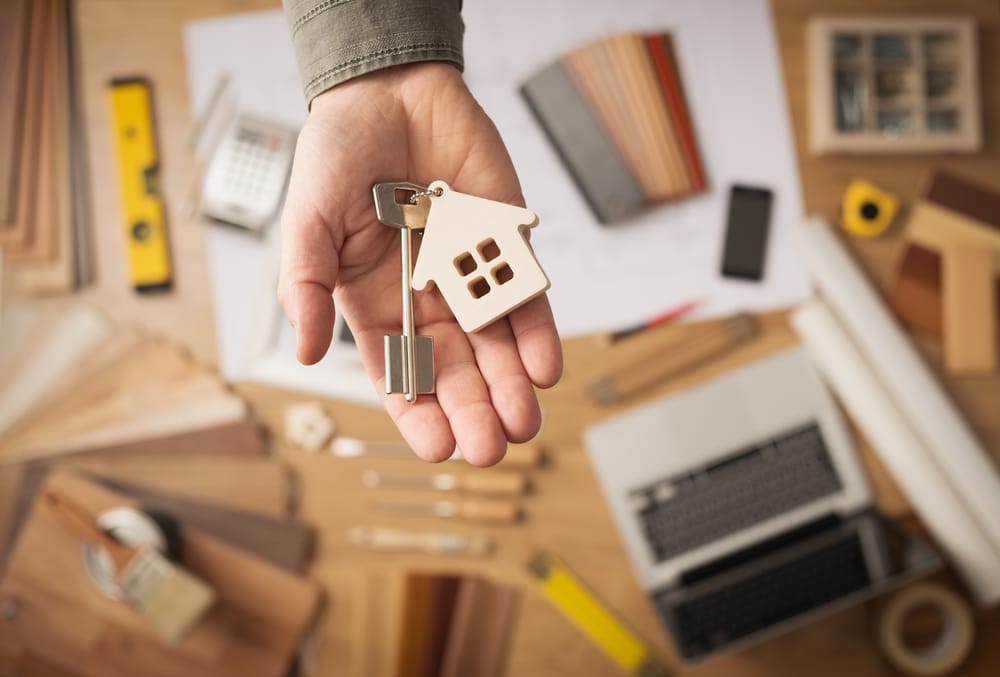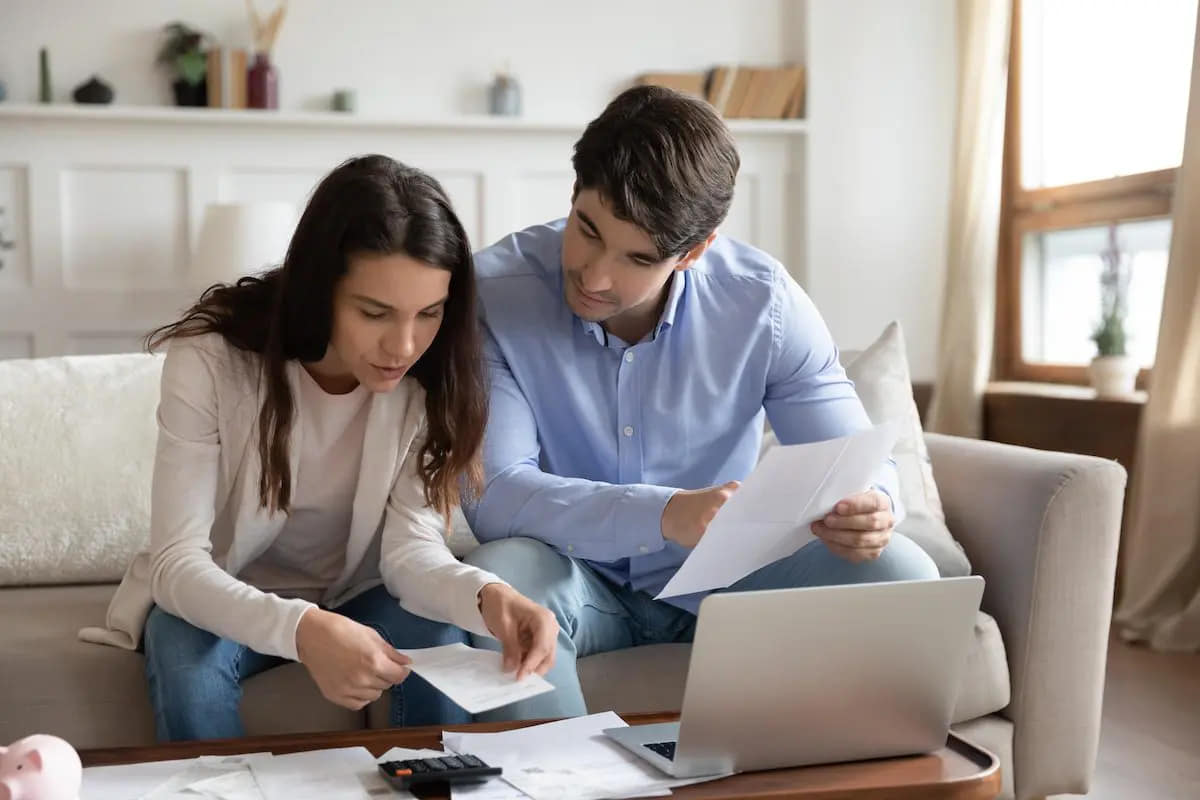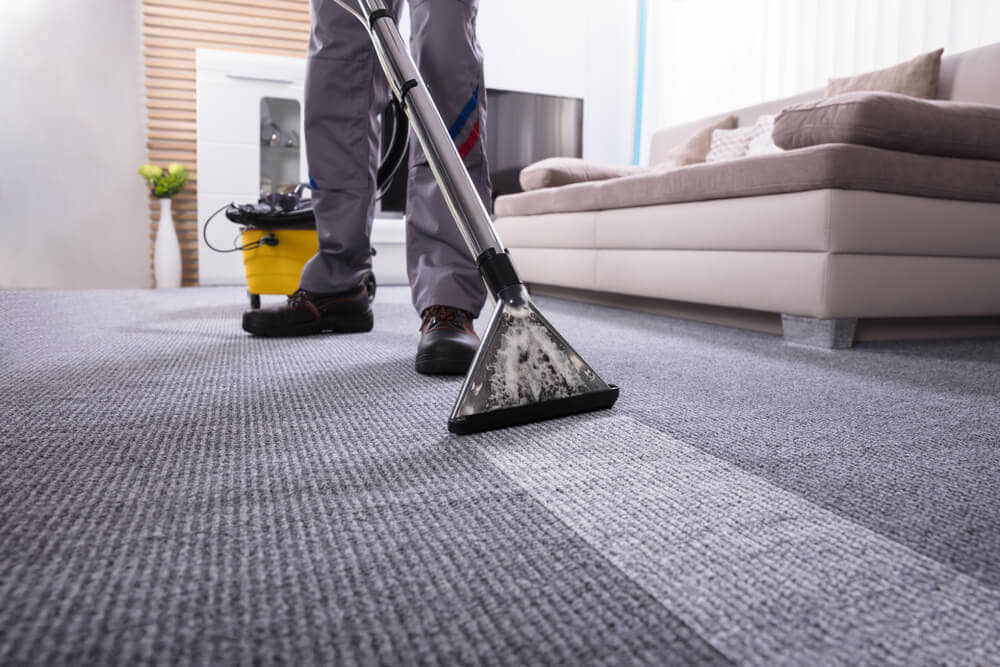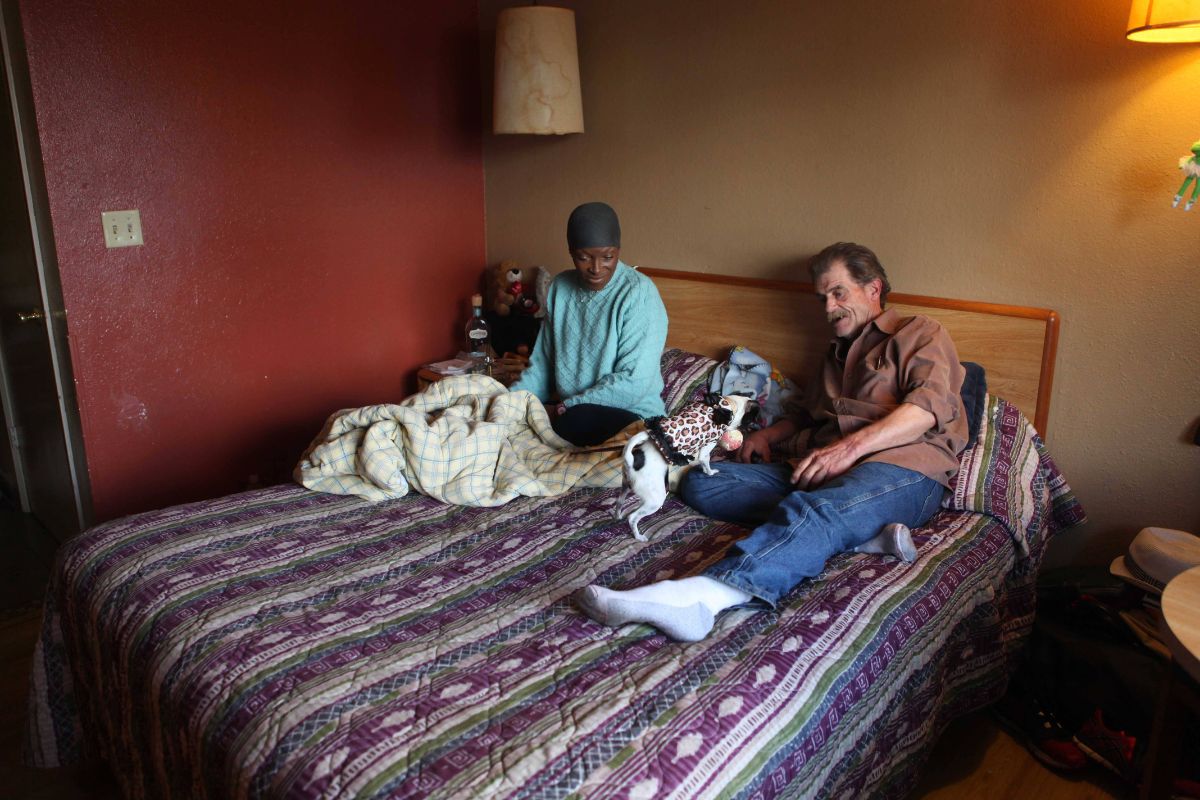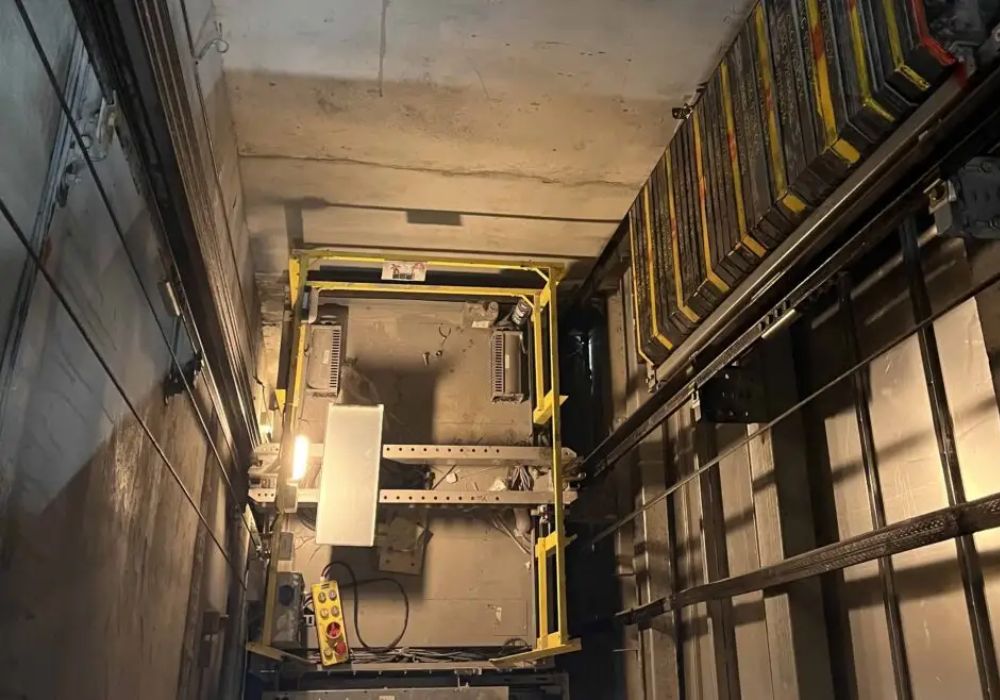Don’t know where to find the answer to the question how to increase water pressure in shower in apartment, have a look at our details to get information.
Do you live in an apartment and have issues with low water pressure? Low water pressure can be extremely problematic, making simple tasks like showering or washing dishes difficult to do. This guide will provide a few simple solutions that may help increase the amount of water pressure in your apartment so you can enjoy hot showers anytime!
What Cause Low Water Pressure In The Shower?
There could be several reasons why you are experiencing low water pressure in your shower. One of the most common reasons is a clogged water system, which can occur in your showerhead or deeper in the plumbing. If the problem is in your showerhead, you can usually fix it yourself, but a deeper clog might require professional assistance.
Another potential cause of low water pressure is the presence of a water restrictor in your showerhead. These devices are designed to conserve water but can make it harder to wash away soap and shampoo. Over time, debris can accumulate around the water restrictor, further reducing water pressure.
Mineral deposits can also build up around the nozzles of your showerhead, leading to clogs and reduced water pressure. Additionally, dents or folds in your shower hose can contribute to low water pressure. If you're renting an apartment or a home, your landlord might have installed water restrictors to save money on water bills, so it's important to be aware of these potential issues.
How To Test Water Pressure For A Shower
Determining whether you have low water pressure in your shower is something you can do yourself without professional help. You can usually tell if the water pressure is low just by feeling it - if it gradually decreases over time, there may be a particle buildup, while a sudden drop in pressure could be due to a leak or dent. If the water pressure has always been low, there may be a water restrictor in place.
However, to test your water pressure and be sure that it is low, follow these simple steps:
Begin by taking a one-liter measuring jug and placing it beneath the showerhead. Turn the water on at full power and see how long it takes to fill up the jug. If it takes more than six seconds, you likely have low water pressure.
This easy method can help you determine if your showerhead is functioning properly or if you need to take steps to improve the water pressure.
How To increase Water Pressure In Apartment?

1. Remove any flow restrictors:
One effective method for increasing water pressure in an apartment is to clean the fixtures that might be clogged with debris, such as showerheads, faucets, and aerators. By removing mineral build-up, you can help restore proper water flow and pressure.
If you have a detachable showerhead, you can remove it and use a toothbrush or dish brush to clean it thoroughly. For fixtures that cannot be removed, you can try soaking them in a solution of white vinegar to break down the mineral deposits. For aerators, you can unscrew them from the faucet and clean them by soaking in vinegar or using a toothbrush.
It's important to note that if the low water pressure persists after cleaning the fixtures, there may be a deeper issue in the plumbing system. In such cases, it may be necessary to seek the help of a professional plumber to identify and fix the problem.
2. Check your water valve:
If you're experiencing low water pressure in your apartment's shower, one possible culprit is a partially closed water valve. The water valve controls the flow of water to your apartment, and if it's not fully open, it can lead to reduced water pressure. To check your water valve, locate it near your water meter or where the main water line enters your apartment. It's usually a lever or a knob that you can turn to control the flow of water.
Make sure the valve is fully open by checking the position of the lever or knob. Turn it all the way to the "on" position if it's not fully open. Then, turn on the water in your apartment and check the water pressure. If the water pressure has increased, then the water valve was likely the cause of the low water pressure.
3. Install a water pressure booster:
If you have tried cleaning your showerhead, removing flow restrictors, and checking your water valve but still experience low water pressure in your apartment's shower, you may want to consider installing a water pressure booster. This device can help increase water pressure throughout your apartment by using an electric pump to increase water flow.
4. Consult with your building management:
If you're unable to resolve the issue on your own, contact your building management to see if there are any building-wide issues with water pressure. They may be able to address the problem and increase water pressure for all residents.
Conlusion
Thank you for reading! We hope this article has been helpful in answering the question of how to increase water pressure in shower in apartment.
Low water pressure can be frustrating and interfere with a relaxing shower experience, but the solutions we have provided are simple and won't take much time or cost too much money. If the problem persists, it may be best to consult a licensed plumber as they can diagnose the source of your issue. Thanks for reading and we hope this article has been useful in improving the water pressure in your apartment's showers.
